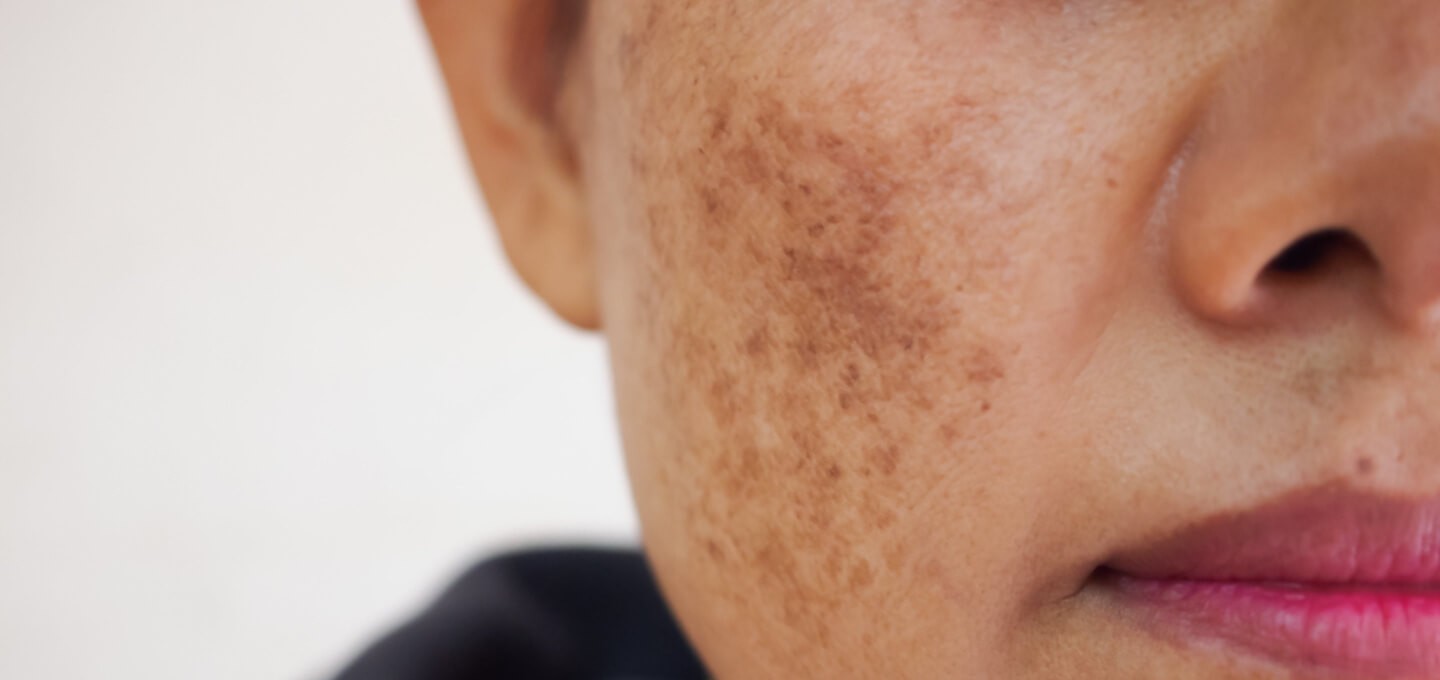Melasma, a common skin condition that causes brown or gray-brown patches on the face, can be frustrating and difficult to treat. Its appearance is often linked to sun exposure, hormonal changes, and other factors. However, with the right approach, achieving clear, even-toned skin is possible. This comprehensive guide will explore various causes of melasma and highlight effective Melasma Treatment in Singapore, including the innovative Pico Laser treatment.
Understanding Melasma
Melasma appears as dark, discolored patches, typically on the cheeks, forehead, nose, and upper lip. While it doesn’t cause physical discomfort, it can impact self-esteem and confidence. Understanding what triggers melasma is essential in managing and treating this skin condition.
Sun Exposure
One of the primary causes of melasma is sun exposure. Ultraviolet (UV) light stimulates melanocytes, the skin’s pigment-producing cells, leading to excess melanin production. Even a small amount of sunlight can exacerbate melasma, making it essential to incorporate sun protection into your daily routine.
Hormonal Changes
Hormonal fluctuations, particularly those related to pregnancy, birth control pills, and hormone replacement therapy, can trigger melasma. Often referred to as the “mask of pregnancy,” melasma commonly affects pregnant women due to increased estrogen and progesterone levels.
Genetic Predisposition
A genetic predisposition can make individuals more susceptible to developing melasma. If melasma runs in your family, you might have a higher chance of experiencing this skin condition. Understanding your family history can help you take preventive measures early on.
Skincare Products and Cosmetics
Certain skincare products and cosmetics can irritate the skin, making melasma worse. Products containing harsh chemicals, fragrances, or alcohol can trigger inflammation, leading to increased melanin production. Choosing gentle, hypoallergenic products can help mitigate this risk.
Stress
Stress is another factor that can contribute to melasma. Elevated stress levels can lead to hormonal imbalances, which in turn can trigger or worsen melasma. Managing stress through relaxation techniques and a healthy lifestyle is crucial in controlling melasma.
Effective Melasma Treatments in Singapore
Treating melasma requires a multi-faceted approach. While melasma can be stubborn, several innovative treatments available in Singapore have shown promising results in reducing its appearance.
Topical Treatments
Topical treatments are often the first line of defense against melasma. These include:
Hydroquinone: A common depigmenting agent that lightens dark patches by inhibiting melanin production.
Tretinoin and Corticosteroids: Often used in combination with hydroquinone to enhance its effectiveness.
Azelaic Acid and Kojic Acid: Alternative options for individuals sensitive to hydroquinone.
Chemical Peels
Chemical peels involve applying a solution to the skin that causes the outer layer to peel off, revealing fresher, less pigmented skin underneath. Superficial peels, such as glycolic acid peels, are typically used for melasma as they are less likely to cause irritation.
Laser Treatments
Laser treatments have revolutionized melasma treatment, offering precise targeting of pigmented areas. The Pico Laser, in particular, has gained popularity due to its effectiveness and minimal downtime.
Pico Laser Treatment
Pico Laser treatment uses ultra-short pulses of laser energy to break down pigment particles in the skin. Unlike traditional lasers, which rely on heat, Pico Lasers deliver energy in picoseconds, making the treatment safer and more comfortable. This method reduces the risk of post-inflammatory hyperpigmentation, a common concern with laser treatments.
Pico Laser treatment is suitable for all skin types and requires minimal recovery time. Multiple sessions are usually needed to achieve optimal results, but many patients notice significant improvement after just a few treatments.
Microneedling
Microneedling involves creating micro-injuries in the skin to stimulate collagen production and promote the absorption of topical treatments. When combined with skin-lightening agents, microneedling can enhance their effectiveness and help fade melasma.
Oral Medications
In some cases, oral medications may be prescribed to treat melasma. These include tranexamic acid, which has shown promise in reducing melasma by inhibiting the production of melanin-stimulating hormones.
What to Remember
When considering melasma treatment, it’s important to keep a few key points in mind:
Consistency is Key: Melasma treatment requires patience and persistence. Results may take time, and regular follow-up with your dermatologist is essential.
Sun Protection: Protecting your skin from the sun is crucial in preventing melasma from worsening. Use a broad-spectrum sunscreen with at least SPF 30 daily, and wear protective clothing and hats when outdoors.
Gentle Skincare: Avoid products that can irritate your skin. Stick to a gentle skincare routine and avoid harsh scrubs or abrasive treatments.
Consult a Professional: Always seek advice from a qualified dermatologist before starting any melasma treatment. They can recommend the most suitable options based on your skin type and condition.
Conclusion
Melasma can be a challenging condition to manage, but with the right treatment and preventive measures, you can achieve clearer, more even-toned skin. Singapore offers a range of innovative melasma treatments, including the highly effective Pico Laser. By understanding the causes of melasma and exploring the available treatment options, you can take proactive steps towards banishing melasma and boosting your confidence.

